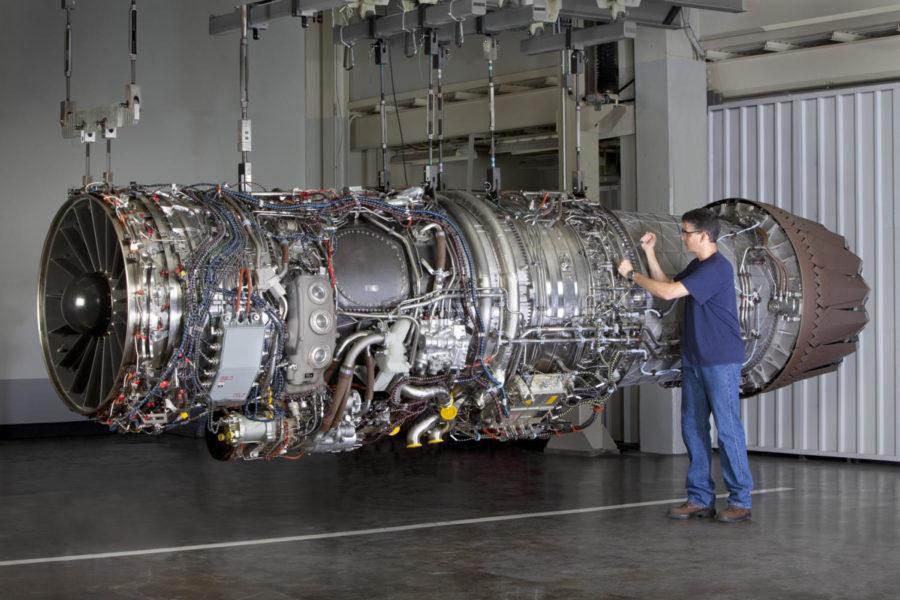Sturgis: Too close for missiles, I’m switching to guns
February 28, 2011
I think as children many of us go through a phase where we want to be a fighter pilot. I was no different, with pictures of fighter jets all over my room and pretending I was flying through my house. Fast forward to second semester sophomore year. I’ve managed to get myself hired by Rolls-Royce, (airplane engine makers, not the cars), as a cooperative student. Instead of grabbing coffee or copying, they put me to work in the assembly, instrumentation and test group for the F136.
If you’re like most people, you don’t know what that means. The F136, (a joint venture by Rolls-Royce and GE), is one of two jet engines being built and tested for the new generation of fighter jets, (the other being built by Pratt & Whitney), the F-35 Lightning II. It’s a plane designed to be sort of the “Jack-of-all-Trades” of fighter planes. Seen the newest “Die Hard” movie? That.
There they taught me what it means to be a working, experimental engineer. That theory is theoretical, what can go wrong likely will, and how to solve actual real-world problems no one else ever has in the most efficient, cheapest and safest way possible. And when in doubt, use common sense and your instincts.
Fast forward to last week when the new government budget was announced to Congress for approval when President Obama decided to take a stand against the F136 by cutting its funding. The House has agreed with them, and the only thing now in the way of the death of the program is the Senate. To speak plainly, this decision is a mistake.
This is true for many reasons. First and foremost this leaves the F-35, the fighter jet meant to replace many others for at least the next 35 years, with only one engine. What if there’s a flaw in that one engine? We’d be up a creek without a paddle. Additionally, cutting the F136 would be effectively handing Pratt & Whitney a monopoly on fighter jet engines. Competition between engines has proven to decrease prices, increase quality and improve maintenance. This is a classic case of spend $5 now to save $10 later. Some people don’t want to spend the money now because they’re too short sighted to see ultimately it’ll save everybody money. Don’t believe me? The Government Accountability Office agrees and has been quoted saying the F136 could save taxpayers upward of $20 billion.
Secondly, the engine is just plain awesome! Start out with a reported 56,000 pounds of thrust. That’s enough to hold more than seven full-grown bull African elephants off the ground against the pull of the Earth’s gravity. Now with the current airframe of the F-35 it is unlikely the engine will be able to suck in enough air to reach that number. However, it still means that the engine will never be “working hard” and should lead to longer engine life. This engine was built from scratch by two different companies working together. Nobody builds engines from scratch anymore. They go and pick out an old one and refurbish it. That fact has allowed the F136 team to make innovations and improvements across the board. One example is the extended use of Lamilloy, a metal treated in a very distinct way to increase its resistance to high temperatures. This is good because inside an engine the temperatures can reach higher than 3,000 degrees Fahrenheit if the metal can withstand that. All of this equates to one thing – awesomeness.
And awesomeness is great. It inspires people to do bigger, better, more innovative and yet more awesome things. It gives people hopes and dreams and pushes them to do their best. Achieving awesome things makes awesome people, with high satisfaction in their lives and pride in their work. Then those awesome people inspire others to be awesome as well and the cycle continues. Decreasing the bad things in life is very important, but perhaps we should spend more time increasing the awesome things.







